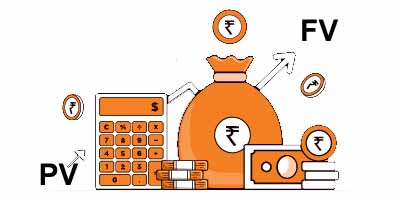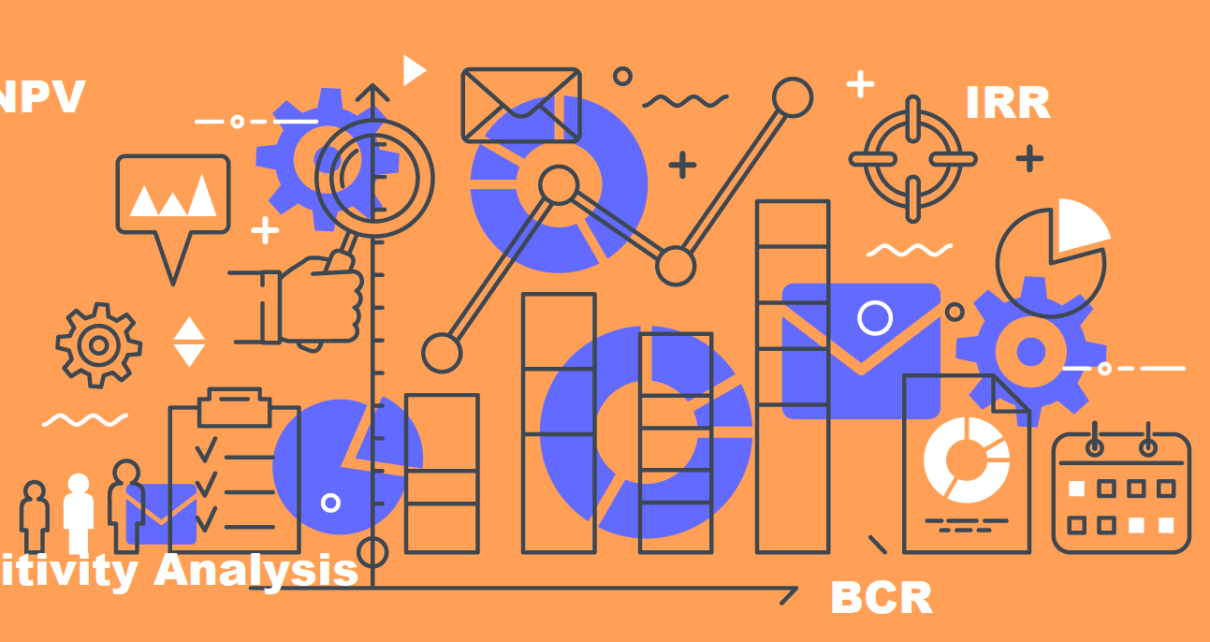A Work Breakdown Structure (WBS) is a visual representation of the tasks, activities, and subtasks required to complete a project. The WBS breaks down the project into smaller, more manageable parts, which can help in estimating the time, effort, and resources required for each task. A WBS, as per PMI is “a deliverable-oriented hierarchical decomposition […]








